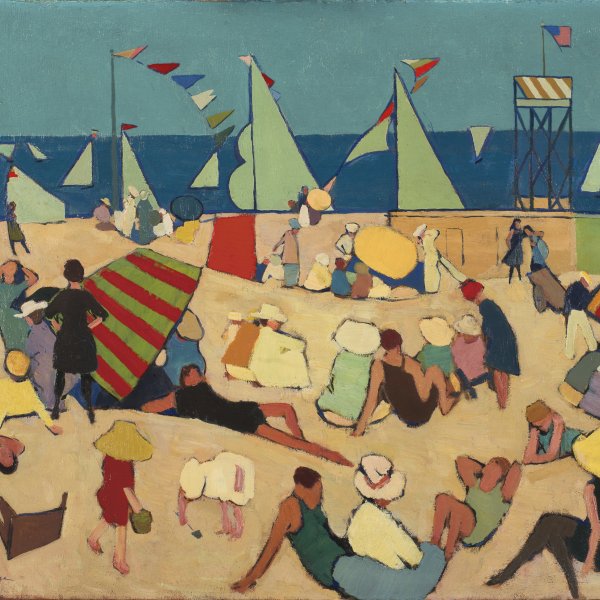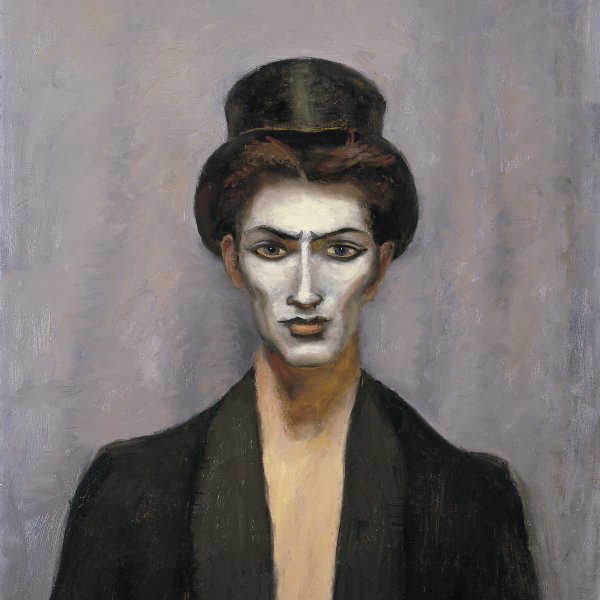Walt Kuhn
Brooklyn, 1877-White Plains, 1949
Walt Kuhn was the son of Bavarian immigrants who managed the International Hotel in Brooklyn. He began to draw at the age of eight, and later enrolled at the polytechnic institute in New York. In 1897 he opened a bicycle shop, but in 1899 he decided to move to California and became a cartoonist, beginning his career at the Wasp in San Francisco. In 1901 he went to Paris, to attend the Académie Colarossi, and then to Munich, where he studied with Heinrich von Zügel at the Academy of Art. He travelled around Italy and Holand and returned to New York in 1903. He continued his career as a cartoonist and caricaturist for magazines such as Puck, Judge, Life and The New York World, and got involved in the theatre and vaudeville show business. He came across the realist artists close to Robert Henri and, although he did not belong to his closest circle, Kuhn, together with Henri and with John Sloan, organised an Exhibition of Independent Artists held in 1910 in opposition to the National Academy's Spring exhibition. In 1911 the American Association of Painters and Sculptors was founded, and its direction fell on Kuhn and Arthur B. Davies. From the Association came the idea of organising a more ambitious exhibition which would show works from the modern European and American trends. The promoters of this project were Kuhn in the capacity of executive secretary and Davies as director. In 1912 Kuhn travelled to various European cities, visiting first Cologne to attend the Sonderbund, which would serve as a model for the Armory Show exhibition held in New York in 1913. Gradually, Kuhn established his career and dedicated himself simultaneously on the one hand to the painting of figure studies and still lifes, and on the other to projects linked to the world of theatre, such as designing acts, sets and fashion plates for vaudeville shows, an activity which increased in the 1920s. Later, he began to make portraits of circus and variety show performers, and continued to do so until the end of his life. In 1925 he began to suffer from a stomach ulcer, and in 1946 he had a relapse, followed by a nervous breakdown, from which he never recovered. In 1948 he was committed to the White Plains Hospital, where he died on 13 July 1949.
Carmen Bernárdez-Sanchís
Carmen Bernárdez-Sanchís






